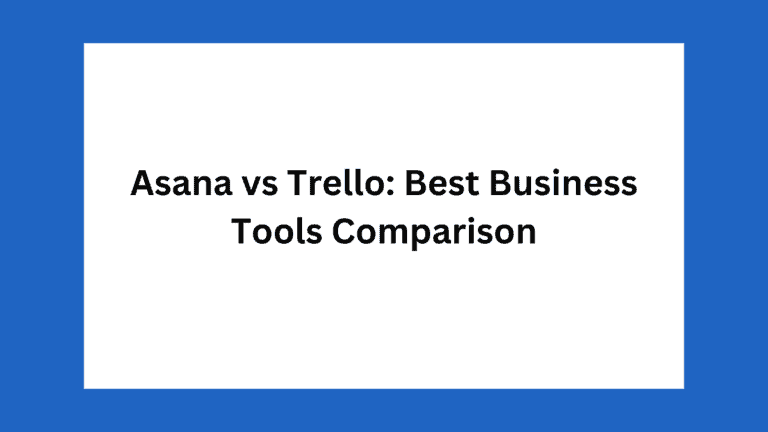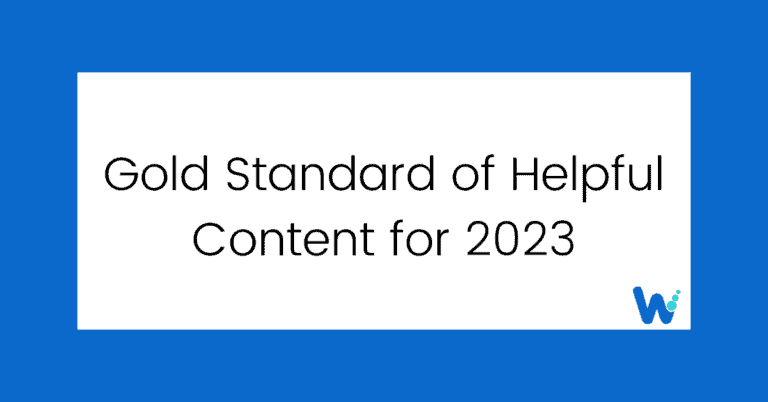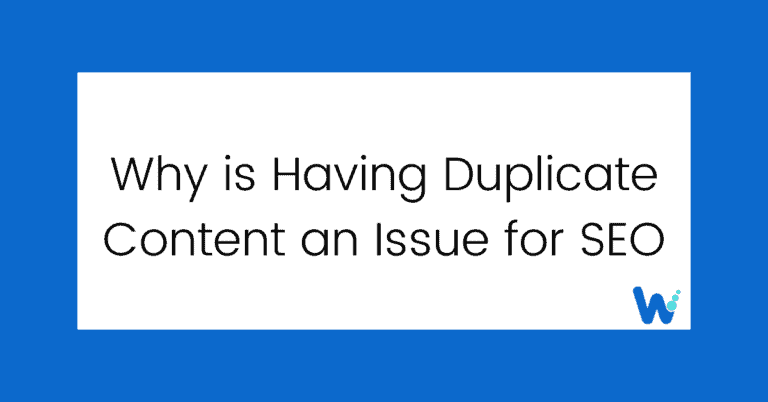In the digital era, maintaining an online presence is no longer a luxury but a necessity for businesses. The conventional methods of marketing have taken a backseat, giving way to novel online marketing strategies.
One such effective strategy revolves around content marketing and Content-Centric SEO. This approach harnesses the power of high-quality, relevant content, aimed at driving organic traffic to your business’s digital doorstep.
Unpacking Content Marketing
Unpacking Content Marketing serves to elucidate the concept of content marketing, focusing on its definition, effectiveness, and role in driving organic traffic.
The What and Why of Content Marketing
Content marketing is a dynamic process that involves creating and distributing content that is valuable, consistent, and relevant. This approach aims to attract and retain a well-defined audience, ultimately driving profitable customer action. The content generated under this marketing umbrella serves to inform, educate, and entertain, thus addressing the audience’s queries and concerns.
Reasons for Content Marketing Success in Organic Traffic Attraction
Content marketing stands as a beacon in the realm of organic search traffic for a simple reason – search engines like Google have a penchant for high-quality, user-focused content. By curating content that offers informative, educational, and entertaining value, businesses can improve their website’s search engine rankings, boost brand visibility, and attract qualified organic search traffic.
The Impact of Content Marketing and Content-Centric SEO
The outcomes of content marketing and Content-Centric SEO can vary, reflecting the diverse goals and objectives of businesses. This could range from generating leads and increasing sales to building brand awareness, establishing thought leadership, and enhancing customer engagement and loyalty.
Each outcome serves as a testament to the potency of a well-planned content marketing and Content-Centric SEO strategy.
Mastering The Basics Of Content Marketing And SEO
In this section, “Mastering The Basics Of Content Marketing And Content-Centric SEO,” we’ll walk you through the fundamental steps for knowing your audience and picking the right keywords, setting a solid groundwork for your strategy.
Getting to Know Your Audience
Understanding your audience is at the core of any content marketing strategy. Identifying who they are, their needs, and their pain points can aid in tailoring content that resonates with them.
- Developing Your Ideal Customer Profile: Begin with a clear image of who you want to reach with your content. Identify their demographics, interests, and pain points, which will help you sketch a detailed profile of your target audience.
- Engaging Your Audience Through Interviews and Surveys: Uncover more about your target audience through interviews and surveys. Ask about their common concerns, buying journey, factors influencing their decisions, and emotions that guide these decisions. This insight will guide your content creation process.
The Role of Keyword Research
Keyword research is a critical step in content strategy formulation. It involves identifying keywords and phrases that your target audience uses to search for information related to your offerings.
- Understanding Keyword Search Patterns: Utilize keyword research tools like Google Keyword Planner, Ahrefs, Semrush, or Moz to discover what keywords people use related to your business.
- The Significance of Low-Difficulty and High-Volume Keywords: Aim for keywords with lower competition levels and higher search volumes to increase your chances of ranking well. Based on your analysis, select a list of initial keyword targets for your content strategy.
Structuring Your Content: The Pillar Approach
As we progress further in our exploration, the section “Structuring Your Content: The Pillar Approach” provides insights into designing an effective content strategy using the concept of content pillars and subtopics.
Unveiling Content Pillars
Content pillars are core concepts that are vital to your brand or business. They should be broad enough to cover multiple subtopics but still specific enough to be relevant to your audience.
Planning Your Content Schedule
Once your content pillars are in place, outline all the subtopics for each pillar. Create a content calendar to organize your content creation and scheduling process. The pillar article, with a focus on Content-Centric SEO, should offer a comprehensive overview of the topic, while each subtopic should provide in-depth information on that particular aspect.
Crafting Your Content Brief
A content brief is a blueprint that outlines the requirements and findings for each article, including the target keywords, search results for that keyword/topic, and the appropriate call to action.
The brief should guide the content writer, ensuring that each piece is optimized for search engines and the target audience.
The Art of Staging And Marketing Your Content
Continuing on our journey, we now enter the realm of “The Art of Staging And Marketing Your Content.” Here, we’ll learn how to present and share your content effectively, maximizing its reach and impact.
- Prepping Your Content for the Stage: Once the content is written, it’s time to stage it. Create compelling titles and meta descriptions that will invite users to your article. Implement Content-Centric SEO strategies by strategically incorporating relevant keywords and optimizing the content for search engines.
- Creating an Impactful Promotion Strategy: Schedule the content to be posted and promoted. Leverage your email list, social media channels, industry publications, and news sites to get your content in front of as many eyes as possible.
Reviewing Your SEO Content Strategy: The Importance Of Monitoring And Adjusting
Now, let’s turn our attention to “Reviewing Your Content: The Importance Of Monitoring And Adjusting.” This part will show you how to keep an eye on your content’s performance and tweak your strategy based on what you find. Easy, right? Let’s dive in!
Tracking the Effectiveness of Your Strategy
Post-publication, it’s crucial to track the performance of your articles. Monitor search rankings, impressions, and clicks for each piece for four to six weeks after publishing.
Adjusting Your Strategy Based on Insights
Evaluate the results and modify your content strategy accordingly. Changes can include editing titles and descriptions, tweaking content, enhancing readability, and optimizing keywords.
Harnessing Website Traffic Through Effective Content Marketing and SEO Approaches
After learning everything, now let’s move on to harnessing website traffic.
- The Transformative Power of Online Presence: The business landscape has experienced a seismic shift towards an online presence. Traditional marketing strategies have taken a back seat, with content marketing and Content-Centric SEO taking the lead to drive organic search traffic.
- The Need for Content Marketing and SEO Strategies: Implementing a content-centric SEO approach can help businesses generate leads, increase sales, build brand awareness, establish thought leadership, and boost customer engagement.
Conclusion
From conducting audience research and keyword research to content creation and promotion, mastering these elements can help businesses stay relevant and successfully convert leads into loyal customers. Implementing a robust content marketing and Content-Centric SEO strategy is the way forward for businesses looking to tap into the power of digital marketing.
That sums up our comprehensive guide on enhancing organic traffic through a focused content marketing & SEO strategy. Happy strategizing!
You can also read: Write Content That Gets Backlinks
What is Content-centric SEO?
Content-Centric SEO refers to a search engine optimization approach that focuses on creating and optimizing high-quality content to improve a website’s visibility and rankings in search engine results pages (SERPs).
What is content based SEO?
Content-based SEO, also known as Content-Centric SEO, is a search engine optimization strategy that focuses on optimizing the content of a website to improve its visibility and rankings in search engine results pages (SERPs).
How does SEO and content work together?
SEO and content work together in a symbiotic relationship to improve a website’s visibility, organic search rankings, and overall user experience.









